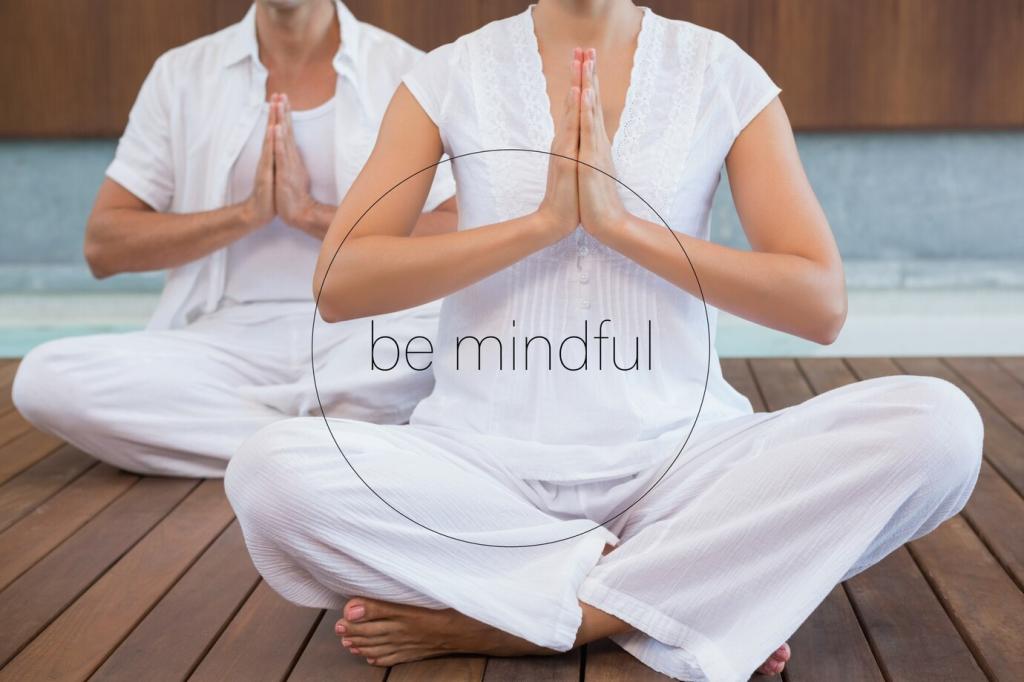
Art Therapy and Its Role in Interior Design Trends
Today’s chosen theme: Art Therapy and Its Role in Interior Design Trends. Explore how creative expression, color psychology, and mindful layouts can transform homes into nurturing environments that reflect personal stories, encourage healing, and invite everyday calm.
Why Art Therapy Belongs in Today’s Interiors
Emotions Shaped by Space
We feel rooms before we analyze them. Gentle palettes, approachable textures, and authentic art invite safety and self-expression, allowing residents to decompress faster and reconnect with themselves after demanding days.

Color as Calm: Therapeutic Palettes for Modern Homes
Warm off-whites, mushroom taupes, and soft greiges provide a forgiving canvas for art therapy practices. They quiet visual noise while spotlighting handmade pieces, letting process-driven artwork breathe without pressure to “match” a rigid color scheme.
Color as Calm: Therapeutic Palettes for Modern Homes
Dusty blues and silvery greens echo water and foliage, supporting slower heartbeats and focused reflection. Use them on accent walls, textiles, or cabinetry interiors to create moments of discovery that nudge calm without overwhelming the senses.
Color as Calm: Therapeutic Palettes for Modern Homes
Cinnamon, marigold, or mulberry accents can lift a room like short sunbursts. Keep them small, purposeful, and tied to meaningful objects—frames, tray edges, or woven art—so energy arrives as a gentle spark, not a constant shout.
Texture, Material, and Sensory Grounding
Natural Surfaces that Invite Touch
Oiled wood, honed stone, and hand-thrown ceramics feel honest and stable. Their irregularity creates micro-moments of grounding during daily routines, reminding hands and breath to slow down and notice present sensations without judgment.
Textiles that Breathe
Linen, cotton, and wool regulate temperature and read as trustworthy. Layer thin to thick—from gauzy drapery to nubby throws—so residents can modulate comfort, practicing agency, a core art therapy principle that gently rebuilds self-trust.
Tactile Corners for Daily Reset
Assemble a low-stakes nook with a clay dish, a smooth stone, and a textured journal. Small sensory rituals—pinch, trace, write—offer rapid grounding between tasks. Tell us which textures calm you most, and why they work.
Layout, Light, and Flow that Support Healing
Carve out a seat with side light, a soft rug, and reachable supplies for sketching or collage. The boundary signals safety, while proximity to materials reduces friction so creative breaks happen before stress hardens into overwhelm.
Layout, Light, and Flow that Support Healing
Diffuse daylight with sheer drapes, then add lamps at varying heights for evening softness. Layered lighting allows smooth mood transitions, supporting reflective practices at dawn and restful unwinding at night without harsh glare or abrupt contrast.
Layout, Light, and Flow that Support Healing
Set clear storage homes for tools and ongoing art pieces. Unblocked walking lines reduce cognitive load, making the home feel navigable and forgiving. Share your best flow tweaks, and inspire another reader’s next small victory.
Art-Making at Home: From Walls to Well-Being
Use clips, washi tape, and shallow shelves to welcome evolution. Works can arrive half-finished, be rearranged, and leave without ceremony. The wall becomes a living notebook, mirroring therapeutic growth rather than final, fixed judgments.

Predictability and Control
Offer dimmers, blackout options, and furniture on sliders so residents can adjust exposure quickly. Predictable layouts and labeled storage reduce surprises, helping nervous systems downshift. What simple control switch would most help in your space?
Neurodiversity-Friendly Detailing
Limit visual clutter, soften contrast transitions, and define zones by function. Provide fidget-friendly textures and quiet corners for decompression. These supportive details empower diverse brains to participate fully in the home’s creative life and rituals.
Soundscapes that Soothe
Rugs, cork panels, and fabric-lined shelves absorb noise without sacrificing style. Consider white-noise layers or soft playlists for art sessions. Calmer acoustics make emotions more manageable, allowing deeper creative focus with fewer startle responses.
Measuring Impact and Keeping the Space Alive

Pair a simple mood log with notes about where you were sitting, lighting used, and artwork nearby. Over weeks, patterns emerge, guiding targeted adjustments that support your personal rhythms and creative energy more reliably.
